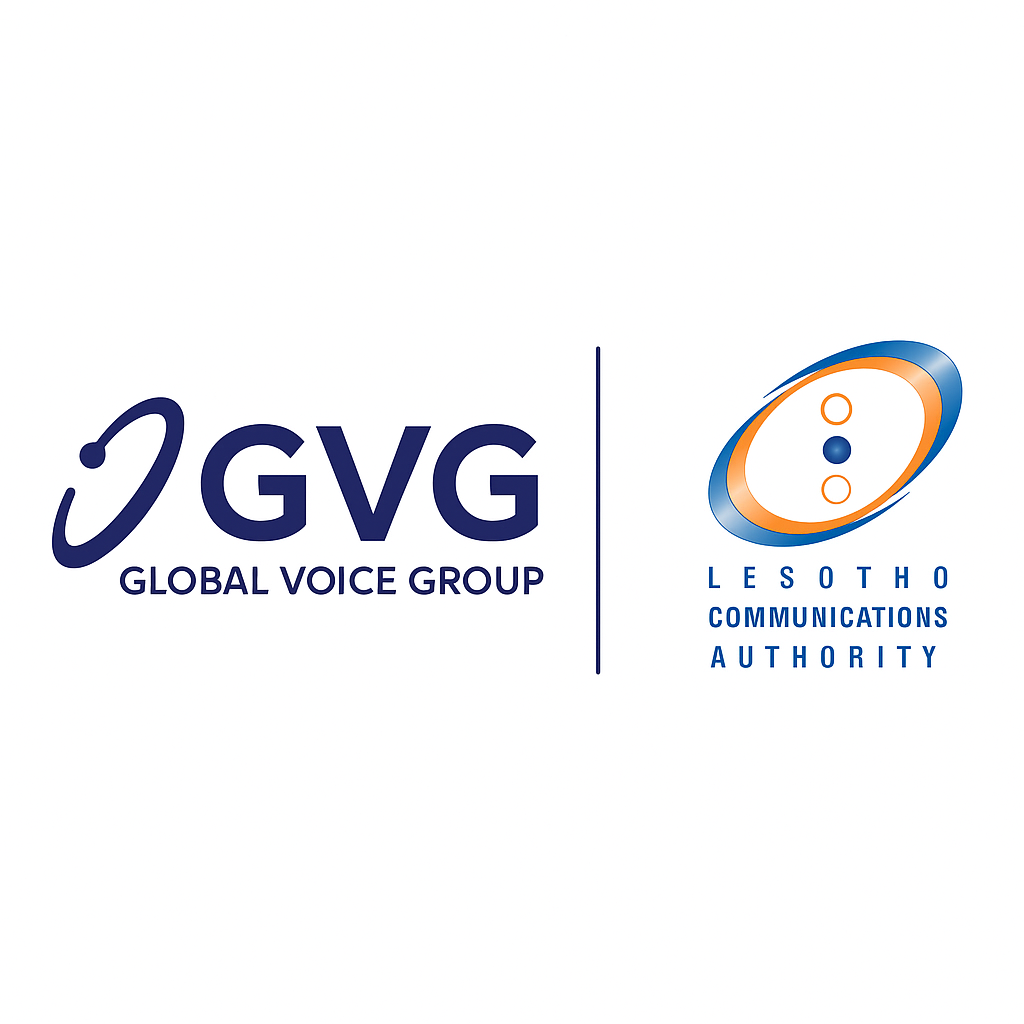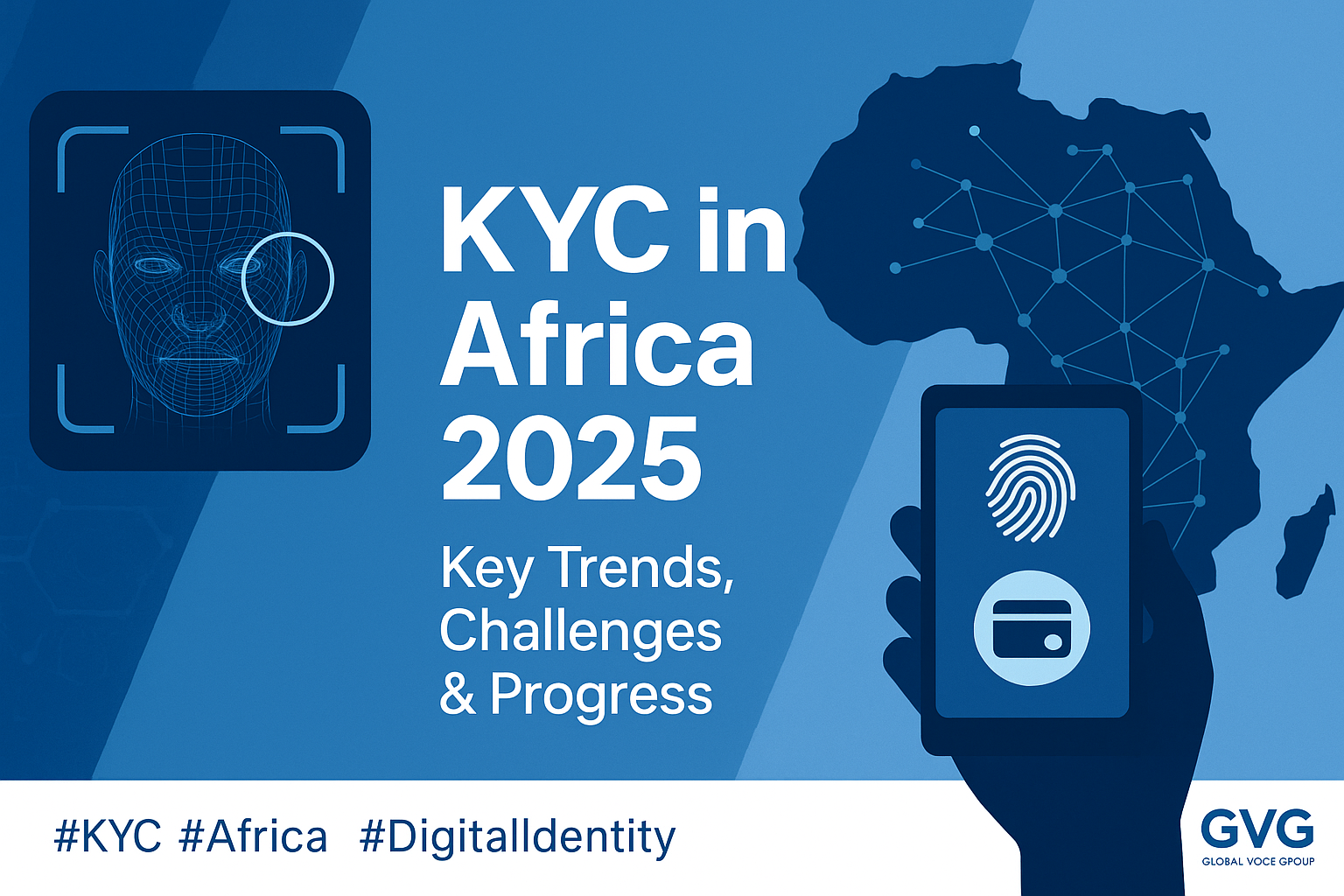
AI in RegTech and GovTech: Building Trust and Transparency in Developing Economies
The rise of AI-driven compliance and oversight
Across the developing world, governments and regulators are embracing Regulatory Technology (RegTech) and Government Technology (GovTech) to enhance transparency and accountability, and foster compliance. Whether it’s tracking telecom revenues, digitizing citizen identity systems, monitoring mobile money, or automating tax compliance, AI is emerging as a silent engine of state modernization.
But as public institutions move towards data-driven governance, they face a complex challenge: how to use AI and make it trustworthy, secure, and aligned with fast-evolving regulatory frameworks? In this blog, our CTO, Mr. Laurent Sarr, will share his insights on four key issues shaping the next frontier of RegTech in emerging markets: explainable AI (XAI), data privacy, integration and data silos, and the continuous evolution of regulations.
Explainable AI (XAI): from black bones to transparent governance
AI can analyze massive regulatory data streams (telecom transactions, tax filings, financial flows, etc.) far beyond human capacity. Yet without transparency, AI risks eroding trust. In developing contexts, where citizens are often skeptical of automation and institutions, explainability becomes a public value.
As Mr. Sarr puts it: “AI in RegTech must be as accountable as the regulators it serves.”
He emphasizes that explainable AI (XAI) ensures that AI-driven decisions (such as suspicious transaction flags) are understandable to regulators and auditable by oversight bodies. For instance, when a revenue assurance platform identifies a potential tax anomaly, it must also show why the anomaly occurred, which data points triggered it, and how the system reached its conclusion.
For countries developing digital oversight platforms, embedding explainability early can strengthen both regulatory confidence and public legitimacy.
Data Privacy: building digital trust in the era of surveillance anxiety
As governments gain access to real-time telecom and financial data, the boundary between data protection and state oversight becomes increasingly delicate. Citizens need assurance that surveillance will not become abuse, and that their personal data remains protected under the law.
GVG’s CTO emphasizes:
“Ultimately, trust is currency. Citizens will only embrace digital governance if they know their data is used responsibly, securely, and for public good.”
To earn that trust, RegTech and GovTech platforms must embed privacy-by-design principles from the ground up:
- Data minimization: collect only what is necessary
- Secure encryption and anonymization
- Clear data retention and deletion policies
- Oversight of data access
- Ensure data sovereignty
In developing economies where data protection laws are still maturing, AI-driven systems can paradoxically help enforce privacy, for instance, by automatically flagging unauthorized data access or cross-system data leakage. By designing for privacy from the start, digital governance platforms can build legitimacy and resilience in environments where public trust is fragile and surveillance anxiety is real.
Integration and data silos: The invisible barrier to AI-enabled regulation
In many developing countries, the biggest obstacle to AI-powered regulation isn’t a lack of ambition, it’s fragmentation. Ministries, regulators, tax agencies, and telecom authorities often operate in silos, each with its own systems, standards, and data formats. These invisible walls block the flow of information and limit the power of AI.
Mr. Sarr notes:
“AI thrives on connected data. Without integration, even the most advanced systems are flying blind.
When telecom transactions data and tax filings are integrated, telecommunications regulators gain a powerful upgrade in accuracy, enabling them to detect under-reported revenues with far greater precision and speed. It’s a qualitative leap that transforms oversight from reactive to proactive.”
Breaking these silos requires more than just technical fixes, it demands institutional coordination and shared vision. Key steps include:
- Establishing central data exchanges or national data lakes
- Creating standardized APIs for public-private data sharing
- Implementing governance frameworks for interoperability and data quality
The payoff is real. In countries across Africa and Asia, once integration takes hold, RegTech platforms evolve from passive record-keepers into proactive intelligence engines, identifying risks, optimizing collections, and plugging revenue leaks in real time.
Adapting to changing regulations: AI as a regulatory compass
In fast-evolving digital economies, regulations shift faster than compliance teams can respond. New fintech models, digital currencies, and data laws constantly redraw the rulebook. AI can help regulators not only enforce the law but keep pace with it.
GVG’s CTO explains: “Regulators don’t just need automation, they need agility. AI systems must be designed to evolve with the law, not collapse under it.”
That means moving beyond hard-coded algorithms toward adaptive architectures that can absorb legal updates, reconfigure workflows, and maintain compliance without constant manual intervention. In this way, AI becomes not just a tool for enforcement, but a compass for navigating regulatory change.
The road ahead: Responsible AI as the foundation of digital governance
As Mr. Sarr reflects: “AI is not just a technology, it’s a trust mechanism. For developing economies, the challenge isn’t merely deploying AI in oversight systems, but ensuring that its logic remains explainable, its data flows secure, its architecture interoperable, and its evolution legally compliant.”
At GVG, we’re modernizing our infrastructure to meet the evolving demands of digital governance. Through virtualization architecture and centralized data platforms, our systems are designed to handle vast volumes of regulatory data, from telecom transactions to financial flows, with unparalleled processing capacity. These upgrades not only enhance analytical precision but also deliver a smoother, more intuitive user experience for regulators and oversight bodies.
By embedding explainability, privacy-by-design, and interoperability into our core architecture, we’re helping governments transition from fragmented oversight to intelligent, responsive governance powered by AI that’s as transparent and accountable as the institutions it supports.
“In the long run,” GVG’s CTO adds
“the success of AI in governance won’t be measured by algorithmic sophistication, but by how transparently and responsibly these systems serve the public good. That’s the standard we’re building toward.”



